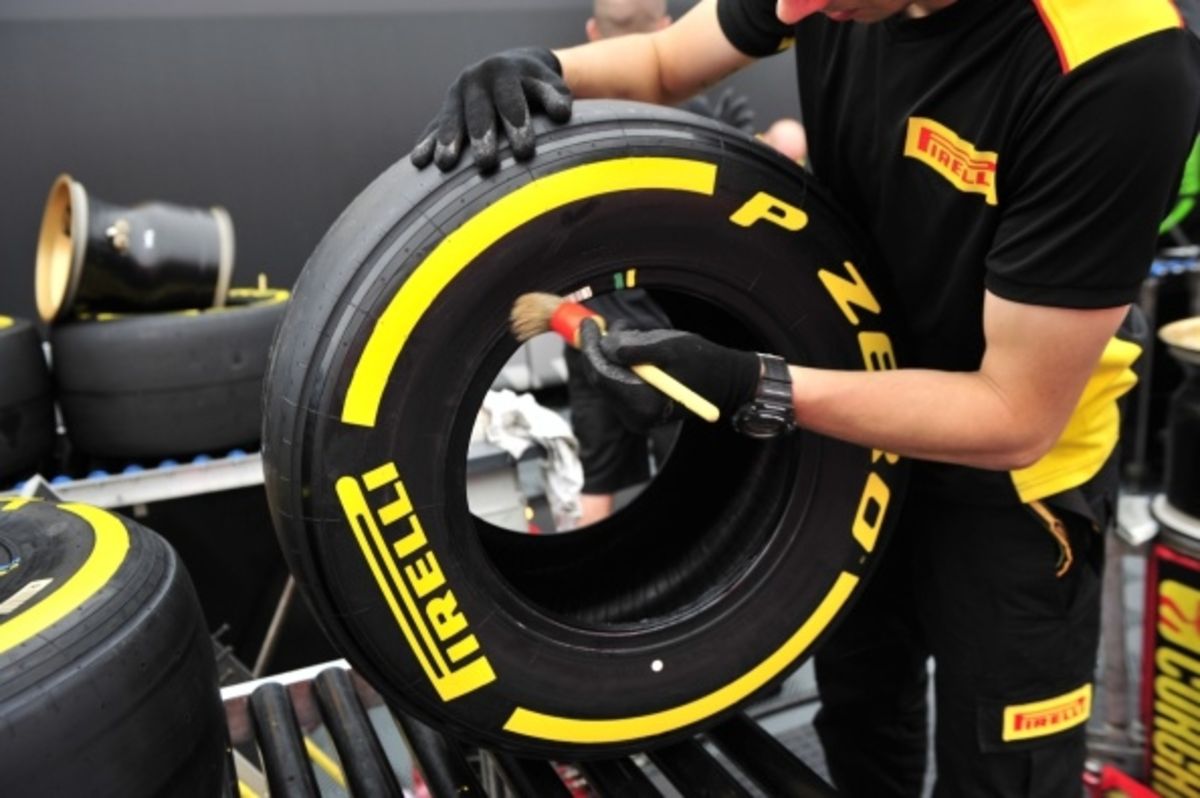- N1.03bn Sub-standard Products Impounded in 2016
Fake and sub-standard products worth N1,035,000,000 were impounded by the National Agency for Food Drug Administration and Control (NAFDAC) in 2016, the National Bureau of Statistics (NBS) stated yesterday.
It said 4,296 applications were received for new products registration during the period while 7,679 products were presented for registration approval.
Out of these, however, 7,444 products were granted registration while 235 products registration were rejected.
No product was withdrawn during the review period.
According to the Registered Products 2016 report which was released by the statistical agency, 3,236 applications were received for new imported products registration while 2,262 products were presented for registration approval out of which 2,033 products were granted registration while 229 products registration were rejected.
Also, 1,060 applications were received for new locally produced products registration; 5,417 products were presented for registration approval, out of which 5,411 products were granted
registration and 6 products registration rejected last year.
A further breakdown showed imported human drugs topped the list of imported products presented for registration approval by NAFDAC.
Similarly, packaged water dominated the list of locally-made products presented for registration approval.
While cosmetics topped the list for new products registration locally, human drugs also dominated new registration applications for imported products.
Separately, the NBS stated that between 2013 and 2016, a total of 19,833 vessels berthed at the nation’s seaports.
According to the ship and port activities report also released yesterday, 543.84 million tonnage were registered during the period under review.
A breakdown of the vessels and their tonnage for the four-year period showed that 2013 recorded 5,369 vessels with 130.6 million registered tonnage while 2014, 2015 and 2016 had 5,346, 5,090 and 4,025 with registered tonnage of 146.8 million, 144.2 million and 122.18 million respectively.
Tin Can Island Port handled the most ships accounting for 33 per cent of total number of ships that berthed in all ports and 32 per cent of total tonnage registered in all ports.
This was closely followed by the Apapa port which accounted for 28 per cent of ships that berthed and 25 per cent of total tonnage registered.
Onne port accounted for 15 per cent of ships that berthed and 30 per cent of total tonnage registered.
According to the NBS: “The ship traffic statistics at Nigerian ports has reflected that a total number of 19,833 vessels berthed at the various ports between 2013 and 2016.
“Similarly 543,842,425 tonnages were registered within the period under review. Year 2014 recorded the highest number of vessels berthed as well as tonnages registered while the least were recorded in 2016.”
Total passenger traffic within the period was recorded at 52,262.
The highest number of passenger traffic was recorded in 2013, according to the statistical agency.

 Forex3 weeks ago
Forex3 weeks ago


 Naira2 weeks ago
Naira2 weeks ago
 Billionaire Watch2 weeks ago
Billionaire Watch2 weeks ago




 Naira2 weeks ago
Naira2 weeks ago




 Naira2 weeks ago
Naira2 weeks ago




 Naira4 weeks ago
Naira4 weeks ago


 Naira7 days ago
Naira7 days ago
 Banking Sector4 weeks ago
Banking Sector4 weeks ago






















